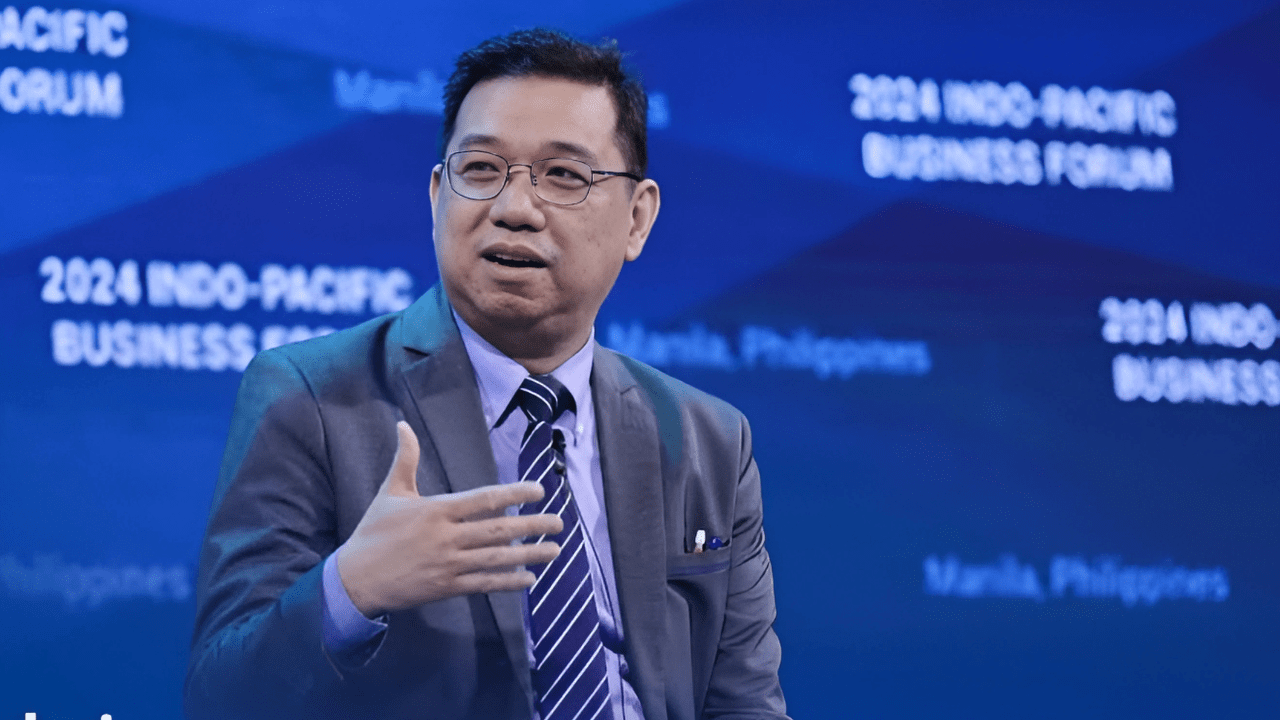As semiconductors assume greater significance in the development of the global economy, the Philippines recognizes the importance of laying out its strategy to build a semiconductor hub that will compete with those in the region.
The Board of Investments has unveiled an ambitious plan to position the country as a central player in the global semiconductor industry. Here are three priorities in its roadmap:

Our priority sectors right now are semiconductors and electronics.
Philippines Board of Investments Managing Head Undersecretary Cerefino Rodolfo
Invest in workforce development
The BOI understands that a highly skilled workforce is crucial to building competitive advanced industrial sectors for the 21st century. By developing a highly skilled workforce, the Philippines will attract high-quality investments and close crucial skill gaps in the semiconductor sector.
Recently, Arizona State University selected the Philippines as one of six countries for its workforce training program, specifically focused on assembly, testing, and packaging (ATP) skills in the semiconductor field.
Target high-priority segments
Rather than setting a broad objective, the BOI has identified three specific areas to enhance its competitiveness: ATP, integrated circuit design, and electronics manufacturing services (EMS).
“Our priority sectors right now are semiconductors and electronics,” said BOI Managing Head Undersecretary Ceferino Rodolfo.
By focusing on these high-growth segments, the Philippines will develop a niche within the broader semiconductor market and, as a result, attract specialized investors and establish a distinct advantage over other countries.
Leverage neutrality in global trade for long-term stability
As tensions rise in global trade, the Philippines’ neutral stance presents a unique selling point. By offering a low-risk, stable environment for multinational corporations, the country promotes itself as an attractive base for companies looking to avoid trade-related disruptions.
The BOI’s strategy uses this neutrality to attract semiconductor and electronics manufacturers seeking long-term security for their offshore operations.

